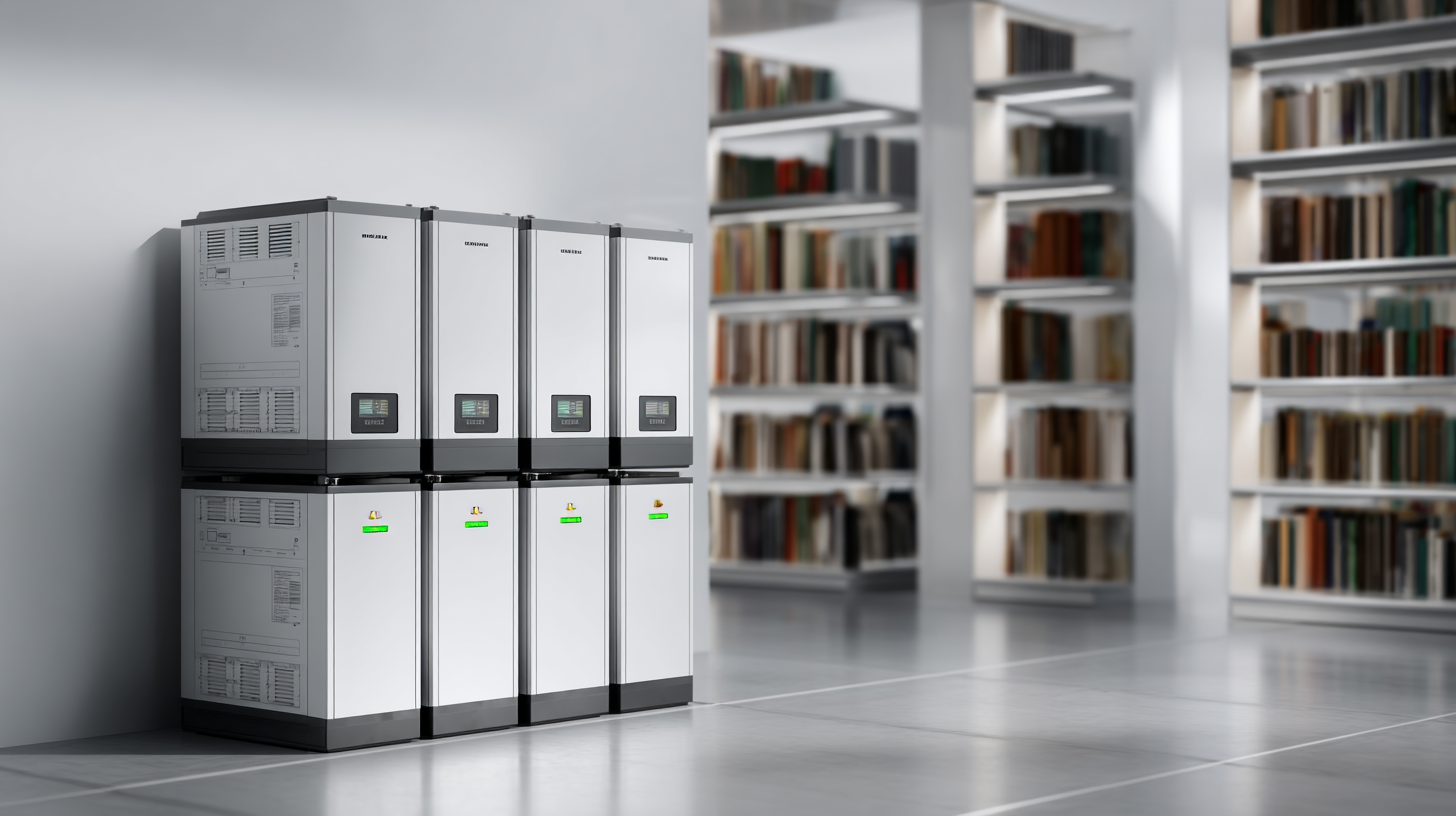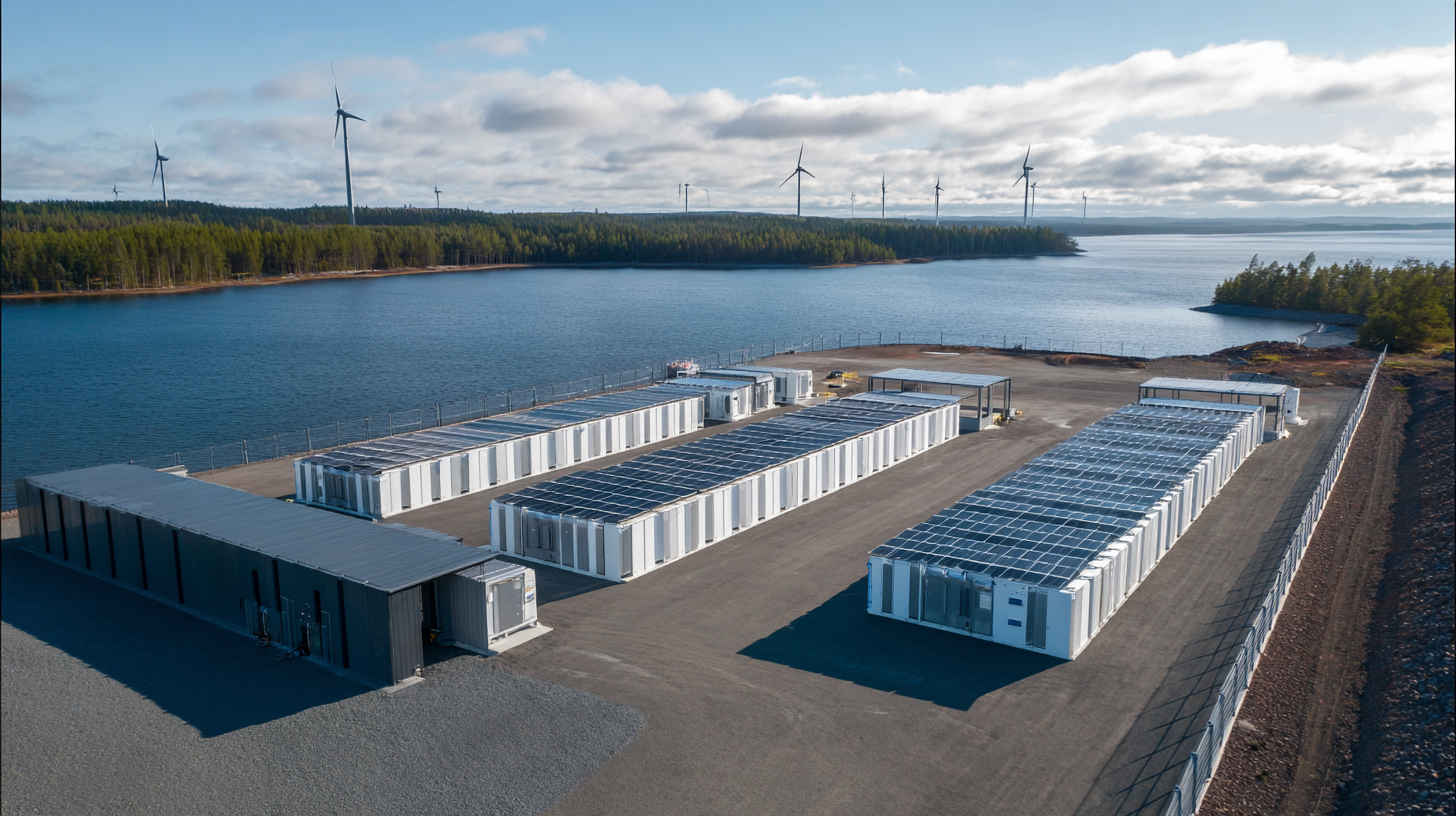As the global emphasis on sustainable energy intensifies, Battery Energy Storage (BES) systems have emerged as a pivotal solution for unlocking the future of renewable energy. According to a report by the International Renewable Energy Agency (IRENA), the global energy storage market is projected to reach 158 gigawatts (GW) by 2025, driven largely by the increasing adoption of renewable sources such as solar and wind. These innovative battery technologies not only facilitate the storage of excess energy but also enhance grid stability and efficiency. Furthermore, a recent study by BloombergNEF indicates that lithium-ion battery prices have fallen by nearly 90% since 2010, making renewable energy increasingly cost-competitive. As we navigate this transformative landscape, understanding the role of BES will be crucial in harnessing renewable energy's full potential and accelerating the transition towards a sustainable future.

Innovative battery technologies are at the forefront of revolutionizing renewable energy storage, addressing challenges that have historically plagued the sector. According to a recent report by Wood Mackenzie, the global energy storage market is expected to reach 1,095 gigawatt-hours (GWh) by 2026, growing at a compound annual growth rate of 27% from 2020. This explosive growth is largely driven by advancements in battery chemistry, such as lithium-ion and solid-state batteries, which offer higher energy densities and improved lifespans.
Moreover, these innovations not only enhance the efficiency of renewable energy systems but also significantly reduce costs. The National Renewable Energy Laboratory (NREL) noted that the cost of lithium-ion battery systems has dropped by approximately 89% since 2010, falling to around $137 per kilowatt-hour in 2020. This dramatic decrease in battery prices is making energy storage a feasible option for widespread integration of solar and wind energy into the grid, minimizing energy wastage and ensuring a more reliable energy supply. As research continues to drive innovations, the potential for battery technology will play a pivotal role in achieving a sustainable energy future.
Energy Management Systems (EMS) play a crucial role in optimizing the use of battery energy storage solutions, particularly in the context of renewable energy integration. As the demand for clean energy sources grows, the ability to efficiently manage and store energy becomes essential. EMS are designed to monitor, control, and optimize the performance of battery storage, ensuring that energy is used when it's most needed and stored during periods of excess generation. By leveraging real-time data and advanced algorithms, these systems can predict energy consumption patterns, enabling users to make informed decisions that reduce costs and improve sustainability.
Moreover, the implementation of EMS facilitates a more reliable energy supply by balancing the intermittent nature of renewable sources such as solar and wind. These systems allow for seamless energy flow between generation, storage, and consumption, effectively mitigating supply-demand mismatches. By integrating EMS with smart grid technology, users can automate energy management processes, enhancing the overall efficiency of battery usage and maximizing the potential of renewable energy systems. This synergy not only contributes to energy stability but also plays a pivotal role in driving the transition towards a more sustainable energy future.
| Storage Solution | Capacity (MWh) | Efficiency (%) | Cycle Life (Years) | Applications |
|---|---|---|---|---|
| Lithium-ion Batteries | 10 | 90 | 10 | Renewable Integration |
| Flow Batteries | 15 | 80 | 25 | Grid Stabilization |
| Lead Acid Batteries | 8 | 75 | 5 | Backup Power |
| Sodium-ion Batteries | 12 | 85 | 10 | Large-scale Storage |
| Ultra-capacitors | 5 | 95 | 20 | Rapid Response |
Modular and scalable battery energy storage solutions play a pivotal role in enhancing the efficiency and reliability of renewable energy systems. With advancements in technologies such as vanadium flow batteries, these innovative storage systems offer safe and long-duration energy storage, which is critical for integrating variable renewable energy sources like solar and wind. Such energy solutions help mitigate the intermittency issues that often complicate the deployment of renewables in multi-generation systems, allowing for seamless energy management and optimized resource utilization.
The rapid development of modular energy storage technologies, including containerized battery energy storage systems, further emphasizes their significance in the market. These systems are projected to grow exponentially, indicating a shift towards adaptable storage solutions that can easily scale to meet the demands of evolving energy landscapes. The establishment of advanced manufacturing facilities for solid-state batteries also highlights the industry's commitment to enhancing energy storage capabilities, thereby supporting a more sustainable and resilient energy future. This shift not only benefits large-scale energy projects but also empowers communities by providing flexible energy solutions that can adapt to local needs.

The integration of Artificial Intelligence (AI) and the Internet of Things (IoT) is transforming the landscape of battery energy storage solutions. By harnessing AI algorithms, we can analyze vast amounts of data generated by various energy sources and consumption patterns to optimize the performance of battery systems. This enables predictive analytics, which allows for proactive management of energy resources, ensuring that stored energy is utilized efficiently and effectively.
Furthermore, IoT devices facilitate seamless communication between energy storage systems and other components within the energy grid. Sensors embedded in battery storage units can monitor real-time performance metrics, track state-of-charge levels, and predict maintenance needs, which enhances reliability. This interconnectedness leads to smarter energy distribution strategies, maximizes renewable resource use, and contributes to the stability of the overall energy grid. As these technologies converge, they pave the way for more sustainable and resilient energy systems, ultimately unlocking the potential of renewable energy for future generations.
The future of battery materials and recycling is crucial for achieving sustainability in the rapidly growing electric vehicle (EV) market. As highlighted in recent market analysis reports, the lithium-ion battery recycling market is projected to reach $7.18473 billion by 2032, growing at a compound annual growth rate (CAGR) of 4% from its current value of $4.8858 billion. This growth underscores the increasing importance of effective recycling solutions for lithium-ion batteries, as the global focus on environmental stewardship intensifies.
Innovations in battery materials, including variations such as Lithium Iron Phosphate and Nickel Manganese Cobalt, are key to improving the performance and sustainability of battery systems. As demand for BEVs surges alongside a shift toward greener technologies, the demand for reliable recycling processes is becoming more crucial. Reports indicate that the growth in the battery recycling services market is directly linked to the rising production of electric vehicles, projected to significantly impact the availability of battery components for reuse, thereby promoting a circular economy within the industry. The evolving landscape of battery technology and recycling holds the potential to unlock a sustainable future for renewable energy.






